Tigers and lions are two of the most powerful and majestic animals in the world. They belong to the same family of big cats, but they have many differences in their appearance, behavior, and habitat. But what if these two predators met in a fight? Who would win and why? This is a question that has fascinated many people for centuries, and has inspired many legends, stories, and debates.
In this article, we will compare and contrast tigers and lions in terms of their size, strength, speed, agility, intelligence, sociality, hunting skills, and fighting style. We will also look at some historical and hypothetical scenarios of tiger vs lion encounters, and try to determine who would have the upper hand in each case.
Tiger vs Lion
Appearance
One of the most obvious differences between tigers and lions is their appearance. Tigers have a distinctive striped pattern on their fur, which helps them camouflage in their forested or grassland habitats. Lions have a solid-colored coat, usually sandy brown or reddish, which blends well with their savanna or desert environments. Male lions also have a thick mane around their necks, which serves as a protection from bites and scratches during fights with other males. Female lions and all tigers lack this feature.
Size
One of the most obvious differences between tigers and lions is their size. Tigers are generally larger and heavier than lions. Male tigers can reach a whopping 660 lbs (300 kg), while male lions max out at just under 500 lbs (225 kg). Tiger females typically weigh between 200 and 370 lbs (90-170 kg), while lion females usually weigh from 265 to 395 lbs (120-180 kg).
Tigers are also longer than lions. The longest tiger ever measured was 12.8 ft (3.9 m) from nose to tail tip, while the longest lion was 10.8 ft (3.3 m). Tigers have longer legs and bigger paws than lions, which give them an advantage in reaching and grappling with their opponents.
Strength
Size is not everything when it comes to strength. Strength also depends on muscle mass, bone density, and leverage. Tigers have more muscle mass than lions, especially in their forelimbs. They also have stronger jaws and teeth than lions. Tigers can bite with a force of 1,050 psi (pounds per square inch), while lions can bite with a force of 1000 psi.
Tigers also have more leverage than lions, thanks to their longer body and limbs. They can use their powerful hind legs to launch themselves at their enemies, or to knock them down with a swipe of their paws. Tigers can also use their long tail as a counterbalance when turning or jumping.
Speed
Speed is another important factor in a fight. Speed determines who can strike first, who can dodge or chase better, and who can escape if needed. Both tigers and lions are fast runners, but they have different top speeds and endurance levels.
Tigers can run faster than lions, reaching speeds of up to 40 mph (65 kph), while lions can run up to 35 mph (57 kph). However, tigers cannot maintain their top speed for long distances. They are sprinters rather than marathon runners. Lions can run longer than tigers, but they also tire quickly after a short burst of speed.
Agility
Agility is the ability to move quickly and easily in different directions. Agility is useful for avoiding attacks, changing positions, or catching prey. Both tigers and lions are agile animals, but they have different styles of movement.
Tigers are more flexible and acrobatic than lions. They can twist and turn their bodies in mid-air, jump over obstacles or onto high places, or roll over to avoid being pinned down. Tigers are also more comfortable in water than lions. They can swim across rivers or lakes, or use water as a cover or a weapon.
Lions are more stable and balanced than tigers. They can stand their ground against larger foes, or maneuver around obstacles or uneven terrain. Lions are also more adept at climbing trees than tigers, although they do not do it very often. Lions can use trees as a vantage point or a hiding place.
Intelligence
Intelligence is the ability to learn, reason, and solve problems. Intelligence is hard to measure in animals, but some indicators are brain size, social behavior, and tool use. Both tigers and lions are intelligent animals, but they have different cognitive abilities and skills.
Tigers have larger brains than lions, relative to their body size. Tigers have a brain volume of about 300 cubic centimeters (cc), while lions have a brain volume of about 280 cc. Tigers also have more neurons and synapses in their brains than lions, which means they have more processing power and memory capacity. Tigers are more independent and curious than lions. They can learn from their own experience or observation, and adapt to different situations or environments. Tigers can also use tools or objects to achieve their goals, such as breaking open eggs with rocks or using water as a mirror.
Lions are more social and cooperative than tigers. They live and hunt in groups called prides, which can consist of up to 30 individuals. Lions can communicate with each other through vocalizations, body language, and scent marking. Lions can also work together to take down larger prey or defend their territory from intruders.
Habitat and Distribution
Tigers and lions once had overlapping ranges in Eurasia, where they may have competed or interbred in the wild. However, due to habitat loss, hunting and human encroachment, their populations have declined drastically over the years. Today, tigers are found only in Asia, mainly in India, Nepal, Bangladesh, Bhutan, Myanmar, Thailand, Malaysia, Indonesia, China and Russia. There are about 3,900 wild tigers left in the world.
Lions are found only in Africa and a small population in India’s Gir Forest National Park. There are about 20,000 wild lions left in the world.
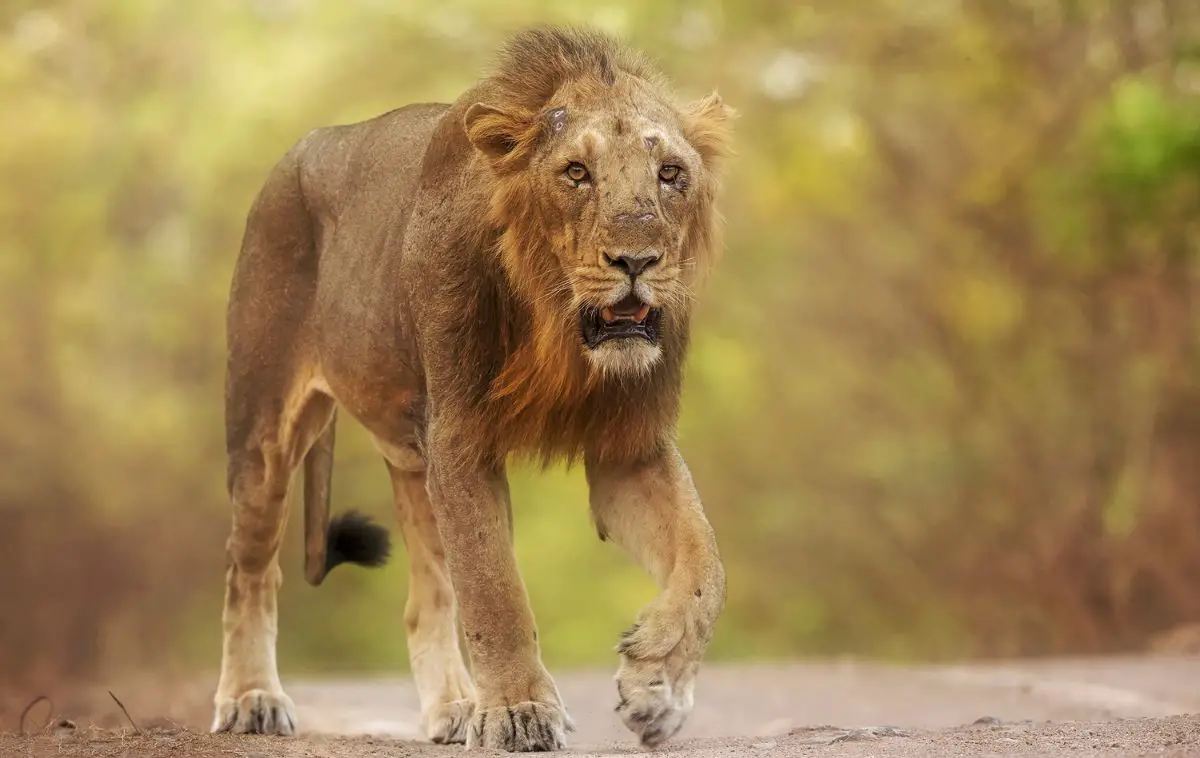
Hunting Skills
Hunting skills are the ability to find, catch, and kill prey. Hunting skills depend on factors such as vision, hearing, smell, stealth, strategy, and teamwork. Both tigers and lions are skilled hunters, but they have different hunting methods and preferences.
Tigers are more solitary and nocturnal than lions. They hunt mostly at night or in the early morning, when their prey is less alert and their camouflage is more effective. Tigers rely on their keen vision, hearing, and smell to locate their prey, which can range from deer and wild boar to buffalo and rhino. Tigers are more stealthy and ambush-oriented than lions. They stalk their prey silently and patiently, using vegetation or terrain as cover. They then pounce on their prey from behind or from the side, aiming for the neck or the throat. Tigers can kill their prey with a single bite or a suffocating grip.
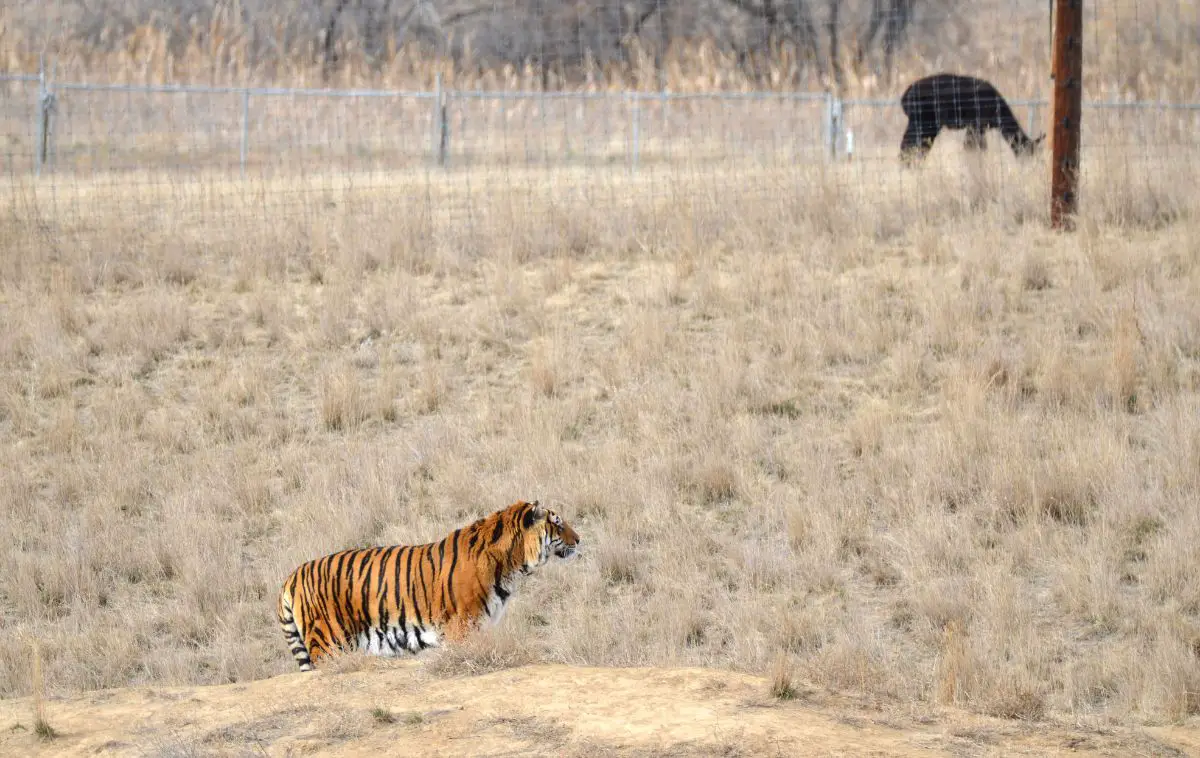
Lions are more social and diurnal than tigers. They hunt mostly during the day or in the evening, when their prey is more active and their vision is better. Lions rely on their excellent vision and hearing to spot their prey, which can include wildebeest, zebra, giraffe, and elephant. Lions are more direct and cooperative than tigers. They chase their prey openly and aggressively, using their speed and strength to catch up with their prey. They then tackle their prey from the front or from behind, biting the neck or the muzzle. Lions can also work together to surround, distract, or overpower their prey.
🔬 Subscribe to SciMail
Get the latest science discoveries straight to your inbox!
Fighting Style
Fighting style is the way an animal fights or defends itself against another animal. Fighting style depends on factors such as size, strength, speed, agility, intelligence, and weaponry. Both tigers and lions are formidable fighters, but they have different fighting techniques and strategies.
Tigers are more aggressive and unpredictable than lions. They fight with ferocity and determination, using their claws, teeth, and body weight to inflict damage on their opponents. Tigers can also use their hind legs to kick or scratch their enemies, or their tail to whip or balance themselves. Tigers are more offensive and opportunistic than lions. They attack first and fast, aiming for the vital areas such as the neck, the throat, or the belly. Tigers can also switch tactics or targets depending on the situation or the reaction of their opponents.
Lions are more defensive and cautious than tigers. They fight with courage and endurance, using their mane, teeth, and paws to protect themselves from their opponents. Lions can also use their roar to intimidate or warn their enemies, or their eyes to stare them down. Lions are more strategic and disciplined than tigers. They wait for the right moment to strike, aiming for the weak spots such as the back, the legs, or the face. Lions can also cooperate with each other to outnumber or outsmart their opponents.
Coexistence in the Eurasian Wilderness

According to Colin Tudge (2011), given that both cats hunt large herbivores, it is likely that they had been in competition in Asia. Despite their social nature,
lions might have competed with tigers one-against-one, as they would with each other.
Apart from the possibility of competition, there are legends of Asiatic lions and tigers breeding to produce hybrid offspring, which would be ligers or tigons.
From the fossil record, besides genetics, it would appear that the modern lion and tiger were present in Eurasia since the Pleistocene, when now-extinct relatives also existed there.
Additionally, in the days before Indian Independence, the Maharaja of Gwalior introduced African lions into his area, which is a habitat for Bengal tigers.
Historical and Hypothetical Scenarios
Throughout history, there have been many cases of tiger vs lion encounters, either in the wild or in captivity. Some of these encounters were accidental or natural, while others were deliberate or artificial. Some of these encounters were recorded or documented, while others were based on anecdotes or legends.
Here are some examples of historical and hypothetical scenarios of tiger vs lion encounters:
- In ancient Rome, gladiator fights often involved exotic animals such as tigers and lions. According to some accounts, tigers usually defeated lions in these fights.
- In medieval India, Mughal emperors often staged animal fights for entertainment. According to some records, lions usually defeated tigers in these fights.
- African lions and Siberian tigers were introduced into the same reserve in Gwalior by the Maharaja of Gwalior. According to some scenarios, tigers and lions would compete and clash for food and territory in this reserve.
- In modern India, Asiatic lions and Bengal tigers sometimes share the same habitat in Gir Forest National Park. According to some reports, tigers usually avoid lions in these encounters, but sometimes they fight and kill each other.
- In modern China, Siberian tigers and Asiatic lions are kept in the same enclosure in Harbin Siberian Tiger Park. According to some videos, tigers and lions often fight and injure each other in this park.
Captive Encounters
The most common reported circumstance of their meeting is in captivity, either deliberately or by accident. Many rulers, nobles and circus owners have staged fights between tigers and lions for entertainment or gambling purposes. Some of these fights have been recorded on film or video, such as the one that took place in Xi’an Zoo in China in 2011, where a male lion killed a male tiger in a few minutes. However, these fights are also influenced by many factors, such as the size, age, health, temperament and experience of the animals involved, as well as the conditions of the enclosure, the presence of spectators and the interference of the keepers.

According to some experts, such as Craig Saffoe, a biologist and the curator of great cats at the National Zoological Park in Washington, D.C., the outcome of a fight totally depends on the individuals, with their fighting style, physiology and history. He said that he would bet on the tiger winning, because it has more advantages than the lion. He also said that the most interesting match-up might be between good-sized Bengal tigers and male jaguars, as both have roughly the same speed, temperament, size and strength.
Other experts, such as Dave Hoover, an animal trainer for Clyde Beatty-Cole Brothers Circus, have favored the lion over the tiger. He said that he lost many tigers to male lions during his career. He said that he had trouble keeping the lions from killing each other or the tigers. He also said that lions are more aggressive and dominant than tigers.
Who Would Win in a Fight and Why?
The answer to this question is not straightforward or definitive. There are many factors that could influence the outcome of a fight between a tiger and a lion, such as their size, strength, speed, agility, experience, motivation and environment. However, based on historical evidence and scientific analysis, it seems that tigers have a slight edge over lions in most cases.
According to some studies, in a fight between a Bengal tiger and an African lion, there is a 90 per cent chance that the tiger will win. A tiger is slightly faster than a lion, arguably more ferocious and more agile. A tiger is also 5 per cent taller and 8 per cent heavier than a lion. Tigers have longer canine teeth and a stronger bite force than lions. Tigers are also more aggressive and dominant than lions.
However, this does not mean that lions are helpless against tigers. Lions have their own advantages, such as their mane, their sociality and their fighting spirit. Lions have longer claws and a thicker skin than tigers. Lions are also more used to fighting with other males for their pride and territory. Lions can also cooperate with other lions to take down a tiger.
Therefore, the result of a fight would depend on the individual characteristics and circumstances of the animals involved. It is possible that a lion could defeat a tiger, or vice versa. It is also possible that both animals could get injured or killed in the process. There is no definitive answer to who would win in a fight between a tiger and a lion.
Conclusion
In conclusion, there is no definitive answer to who would win in a fight between a tiger and a lion. Both animals have their strengths and weaknesses, and both have proven themselves capable of killing each other in different situations. The result of a fight would depend on many variables that are hard to predict or control. Therefore, it is better to appreciate both animals for their beauty, power and uniqueness, rather than pit them against each other for our amusement or curiosity. Tigers and lions are endangered species that face many threats from humans and need our protection and conservation. They deserve our respect and admiration, not our violence and exploitation.
There are many ways to show your respect and affection for them. If you’re a creative and romantic person, you can wear them by way of a customized lapel pin. Design the image of lions and tigers that you have in mind and choose your favorite patterns and colors. Custom lapel pins are not only a personalized piece of decoration, but also a very meaningful and artistic keepsake.
So what do you think, which one is the stronger cat and why? Share your thoughts in the comments below.

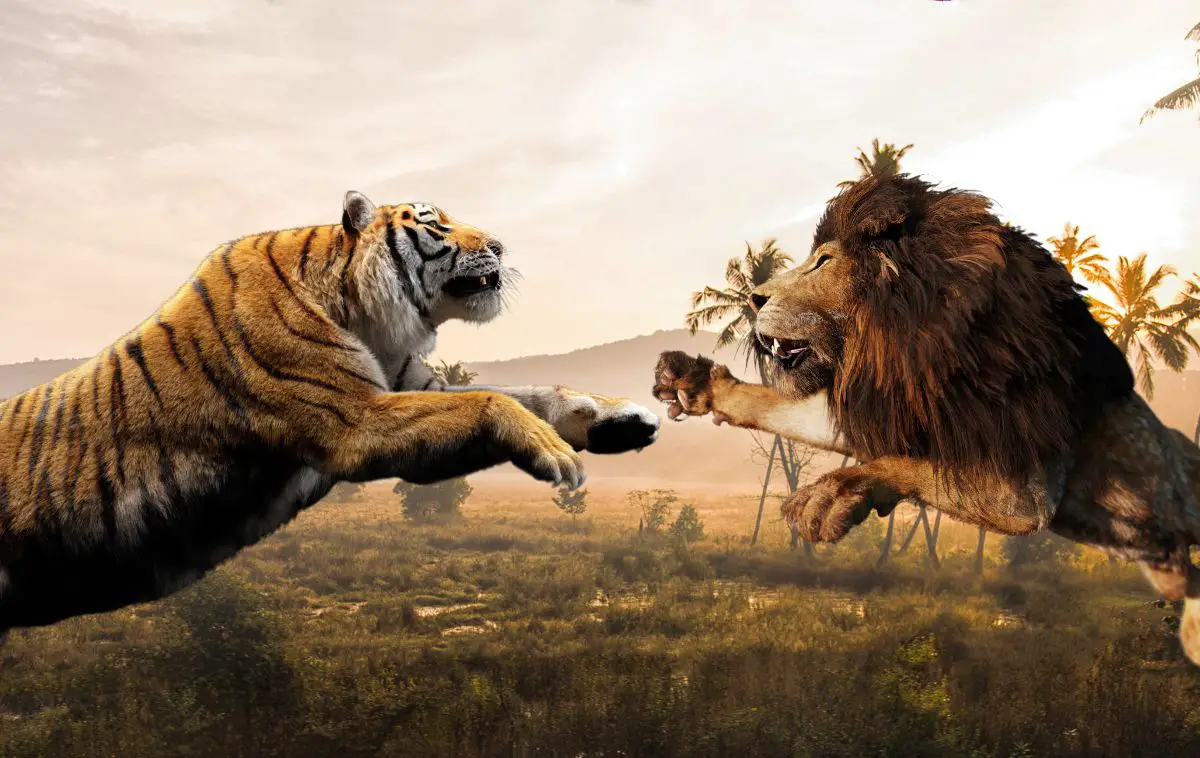
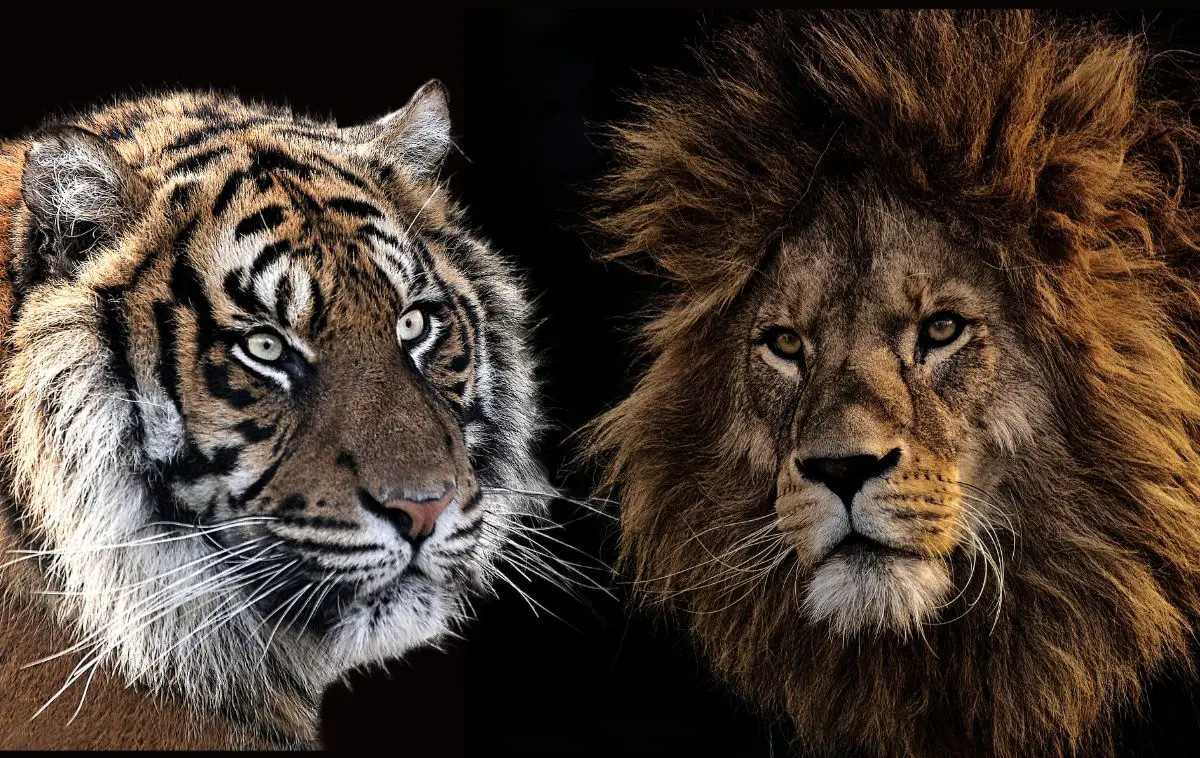
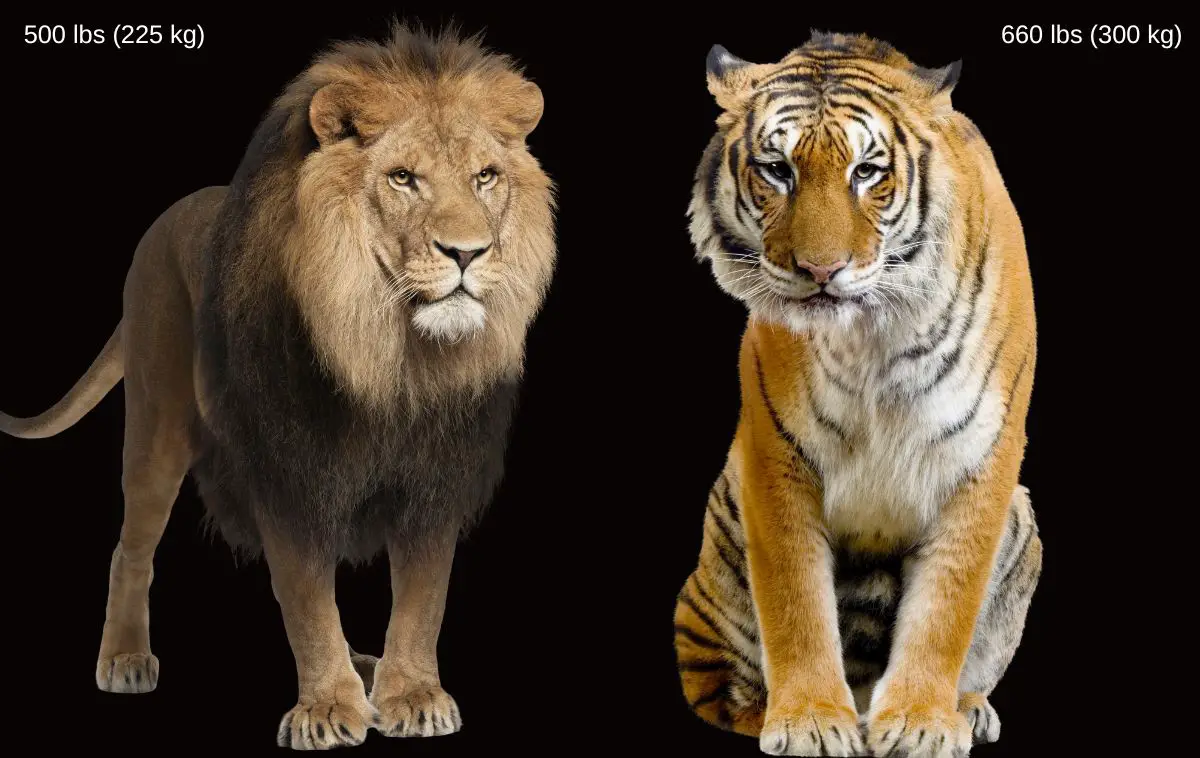
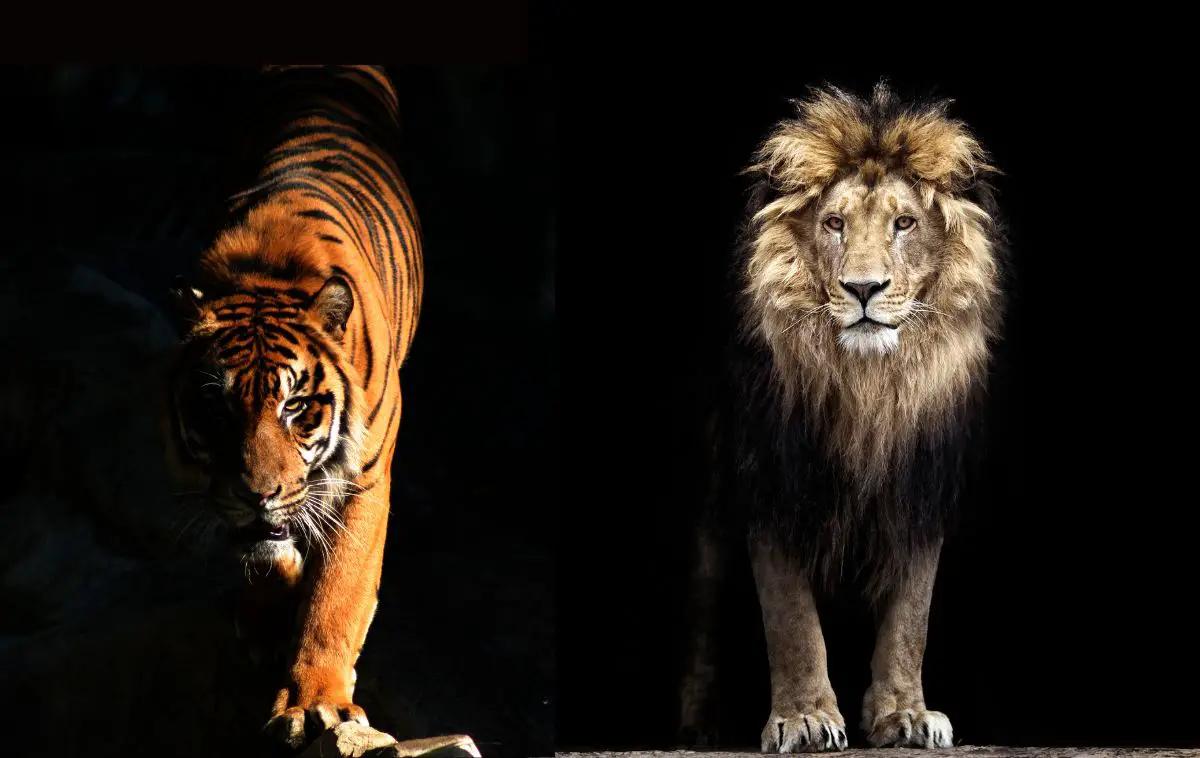
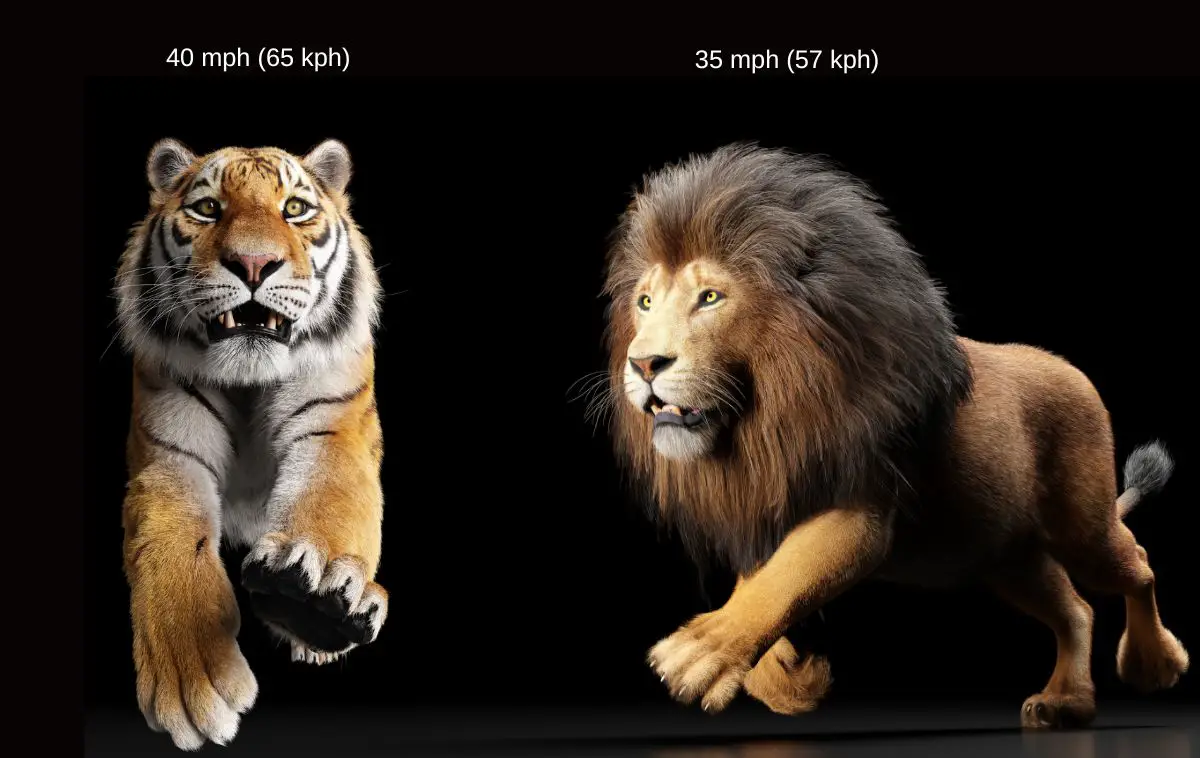
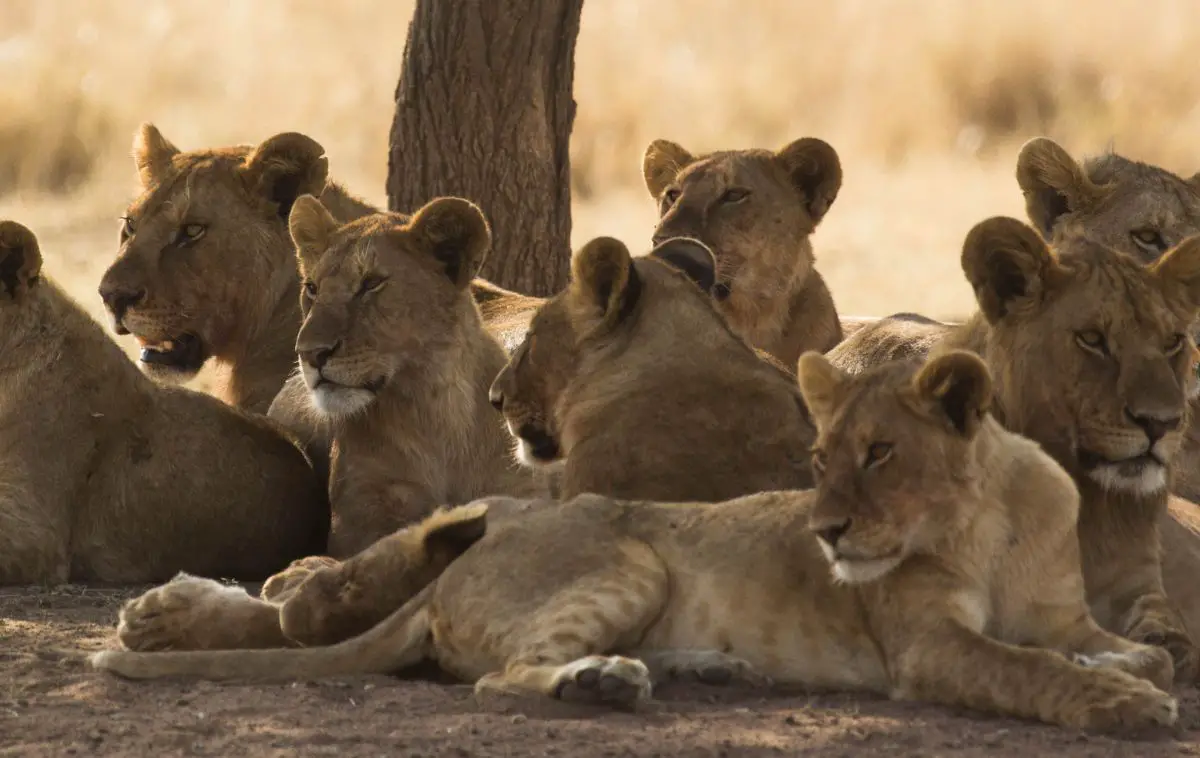
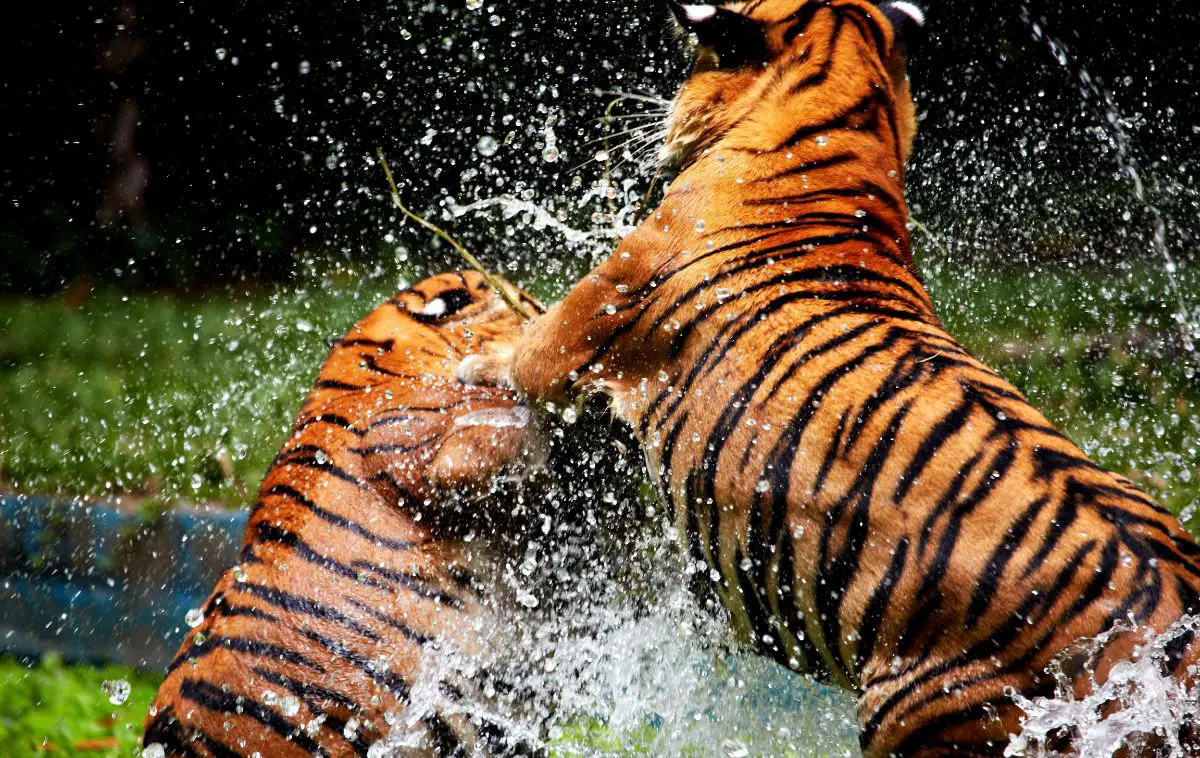
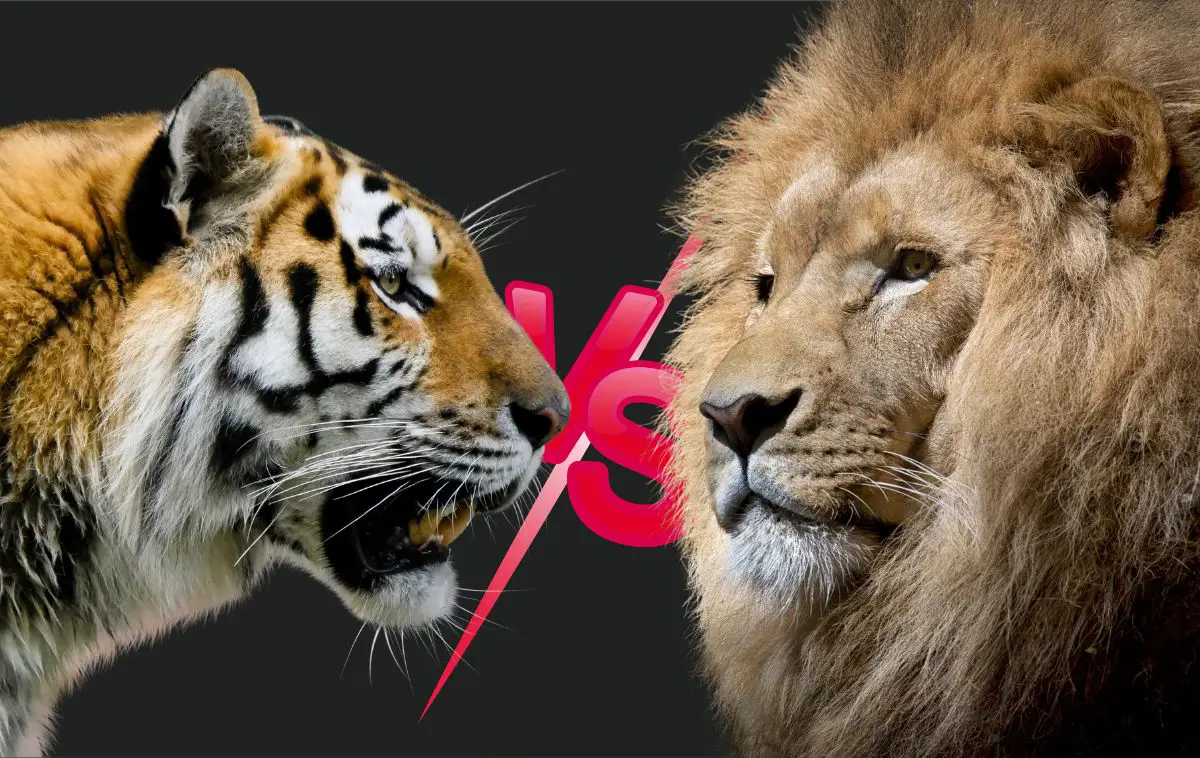

Leave a Reply